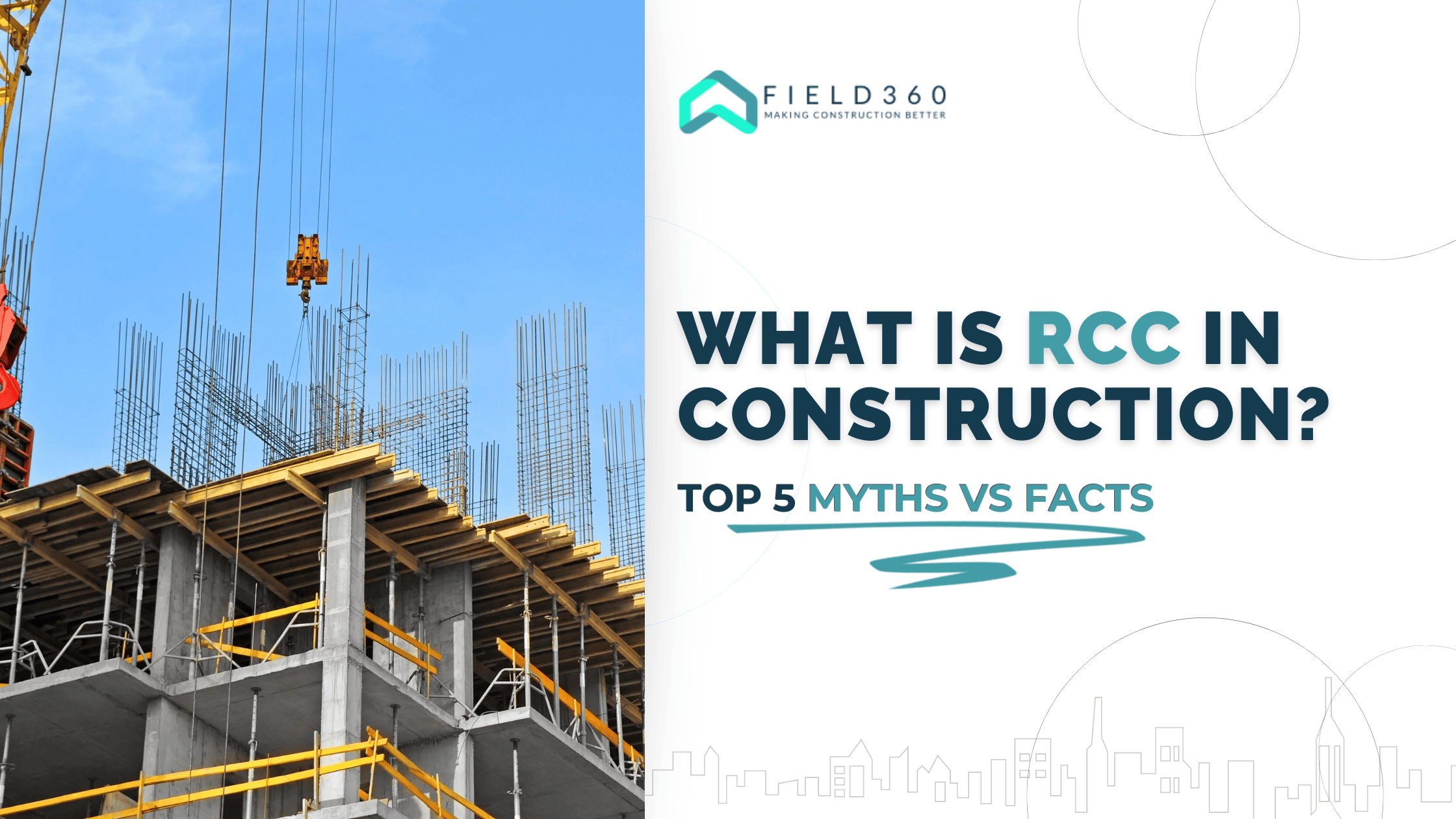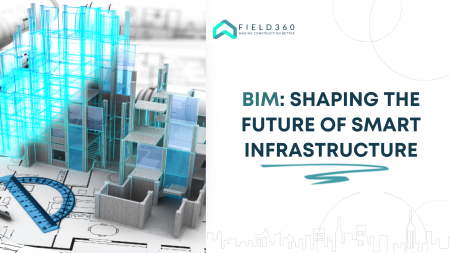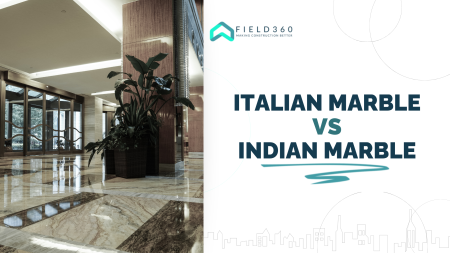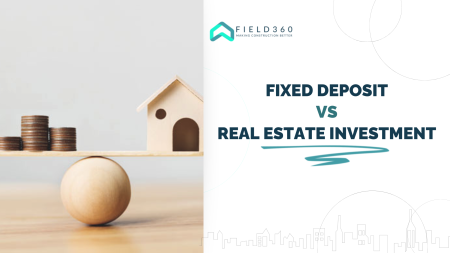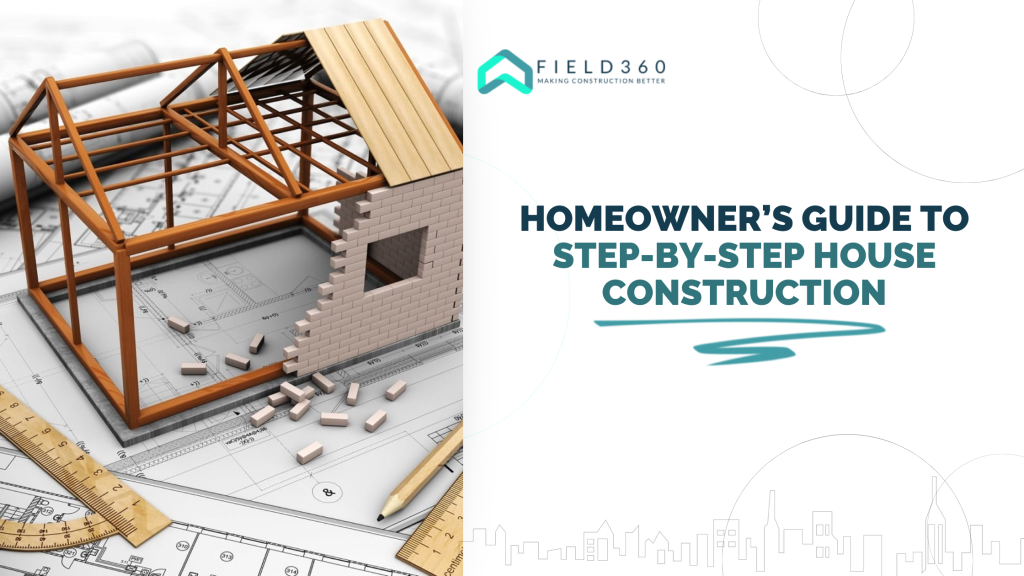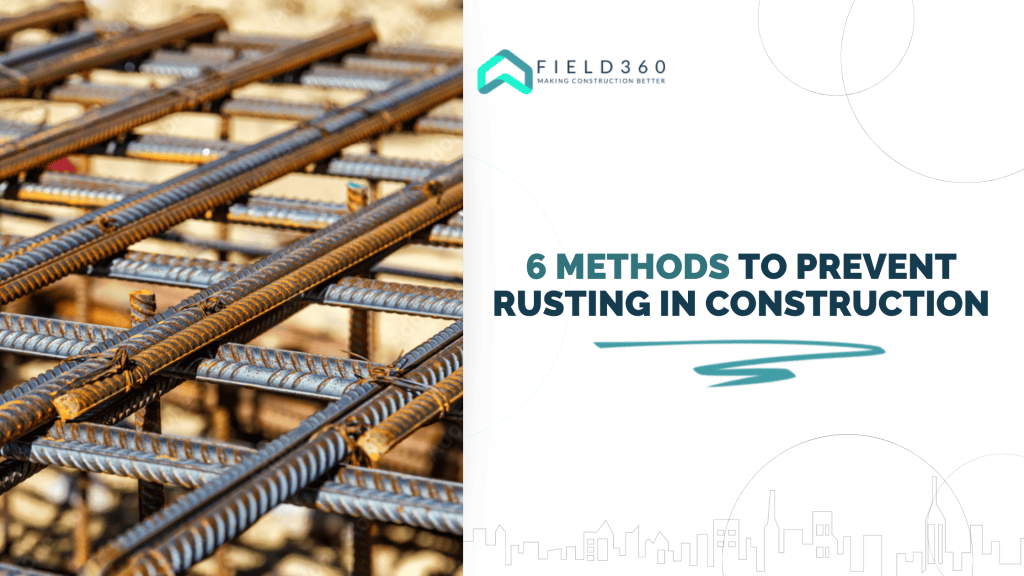Are you planning to design and construct your dream home but still unaware of what is RCC in construction? Although it is optional to know all the details of the materials used for constructing the house, the familiarity of some major elements used in building construction helps to make smart and budget-friendly choices.
In this section, we will be discussing what RCC is in construction and what it stands for. We will also work on busting common myths associated with the RCC structure and the truths behind it. We will wrap this blog up with the advantages and disadvantages of RCC and frequently asked questions.
What is RCC Full Form in Construction?
The full form of RCC in construction can be extended as Reinforced Cement Concrete. RCC meaning in construction: It is a construction material made up of small pieces of concrete, usually less than 6 inches square, made by hardening a mixture of cement, sand, gravel, and water. The key to making the concrete strong is to add steel to the combination because steel has high tensile and bond strength compared to other materials. Thus, the bond between steel and concrete comes out to be strong, and we can position steel bars at the tensile zones of the structures. This method is known as steel reinforcement, and after the reinforcement is finished, the blend is known as Reinforced Cement Concrete or RCC.
When constructing a roof, the choice of cement is crucial for ensuring durability and strength. To learn more about selecting the ideal cement for your RCC, consider reading our guide on How to Choose the Best Cement for Roof? It simplifies the complex process and helps you make an informed decision.
Top 5 Myths Related to RCC Structure
Myth 1: RCC Building Construction Cost is Very High
Truth: Brick wall construction without RCC building design columns typically costs between Rs 800 and Rs 900 per square foot. Brick wall construction with RCC structure columns, on the other hand, costs between Rs 900 and Rs 1,000 per square foot. Labor costs account for a significant amount of home construction costs, and they vary by area. Hence, RCC construction is not expensive.
Myth 2: More the Steel, More Durable the RCC Structure
Truth: The strength of an RCC structure depends on the RCC building design, quality of materials, and various other factors. Hence, adding more steel merely makes it more strong, and capable of sustaining more load. It does not make the house more durable. It just makes it more expensive. Corrosion affects “more steel” and “less steel” equally.
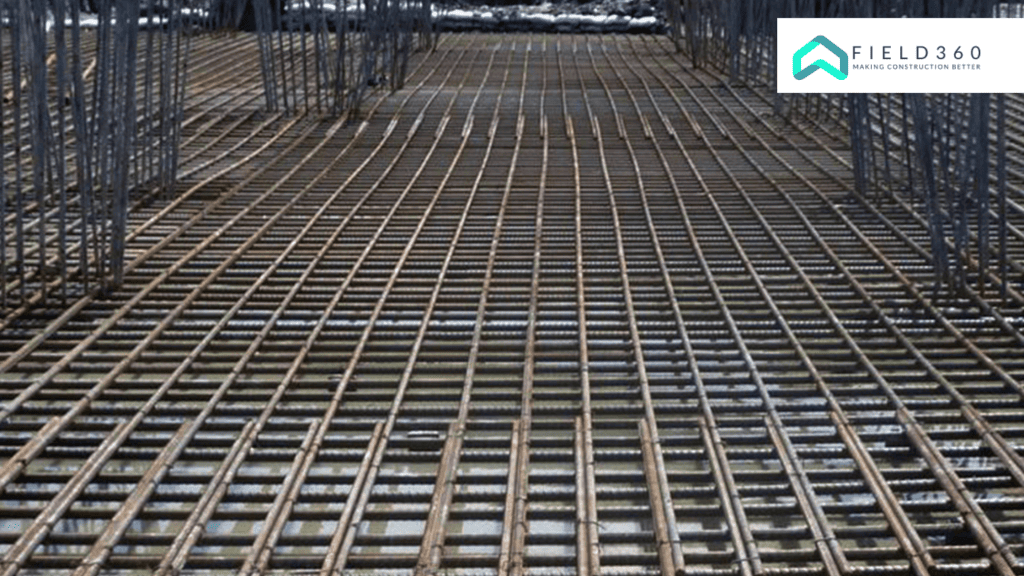
To pick the right type of steel for your construction project, which can help avoid such issues, check out our easy guide on the Top 6 Common Types of Steel Used in Construction. It’ll help you understand which steel works best for different building needs.
Myth 3: RCC Construction Details and Structure Require No Maintenance
Truth: It is very much needed to maintain RCC in construction and repair it whenever needed. The deterioration of the RCC building is quite natural which is visible in a large number of structures. The RCC structure needs to be evaluated closely to identify the causes of deterioration for consequent repair and rehabilitation of structural columns.
Myth 4: RCC Construction is Only for High-Rise Buildings
Truth: RCC structures are more durable and require less maintenance cost. RCC buildings have more resistance to fire than just steel structures. So, they can be used to build houses, dams, bridges, and other critical structures. Compared to the construction of steel structures, the construction of RCC buildings requires less skilled people.
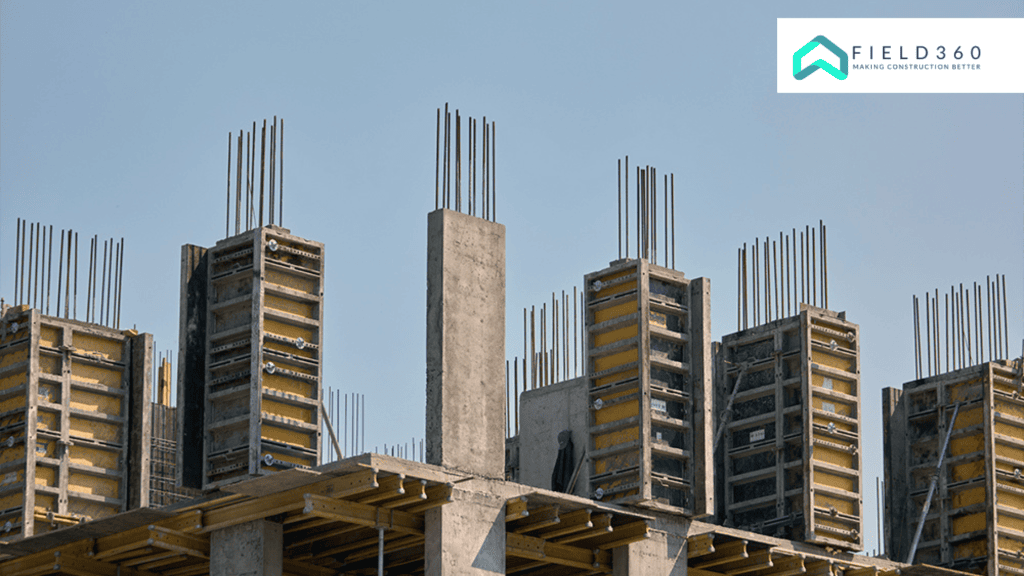
Myth 5: RCC Structures are Environment Harming
Truth: Various Studies were conducted to prove the effect of RCC construction. They were found to have a less detrimental impact on the environment due to less energy consumption and carbon emissions. The energy consumption in the RCC building structure was 2.3% less in electricity consumption and 2.7% less in natural gas consumption.
Advantages and Disadvantages of RCC in Construction
| Feature | Advantages | Disadvantages |
| Cost | Relatively cheaper than other materials like steel and wood | Requires formwork, centering, and shuttering, adding to the initial cost |
| Durability | Long lifespan (up to 100 years with proper maintenance) | Susceptible to corrosion in aggressive environments |
| Versatility | Can be easily molded and shaped for various construction needs | Heavy and bulky compared to other materials |
| Construction | Readily available materials and a simple construction process | Time-consuming due to curing and strength gain requirements |
| Maintenance | Low maintenance costs once construction is complete | Requires periodic inspections and potential repairs for cracks or spalling |
| Strength | High compressive strength, ideal for load-bearing structures | Lower tensile strength than steel, requiring additional reinforcement |
| Fire resistance | Excellent fire resistance compared to most other materials | Can crack or spall under extreme heat |
Conclusion
Now that we’ve busted a no. of myths around RCC in construction for you, it’s your turn to choose the best for your home. But wait, why scavenge the internet when you can get all the construction solutions tailored in a mobile app? Field360 is your go-to place for tracking your project’s progress, processes, and materials.
With Field360, keep a 360° eye on tasks with a click. Download Now!
Frequently Asked Question
It is mainly used in the construction of foundations of rooftops of buildings, highway construction, precast structures, floating structures, hydro-power tunnels, irrigation canals, drains, and all other conceivable structures.
RCC stands for Reinforced Cement Concrete whereas Mivan stands for Aluminium Formwork System. Unlike the conventional RCC construction method, which depends on timber and plywood, Mivan utilizes lightweight, high-strength aluminum panels that are easy to handle and reusable.
The full form of RCC is Reinforced Cement Concrete. In RCC, the concrete is made up of cement, coarse gravel, and water, supported with the help of steel or iron bars. The steel reinforcing bars are ingrained in the concrete before it is set up.
The characteristics of recycling make steel less expensive than concrete, as the majority of all steel manufactured comes from recycled materials. Also, the cost of steel beams, and columns is less than the RCC beams and columns because they don’t require any formwork.
The cost to construct an RCC roof slab would be approximately Rs 180 to 200 per Sq Ft.

